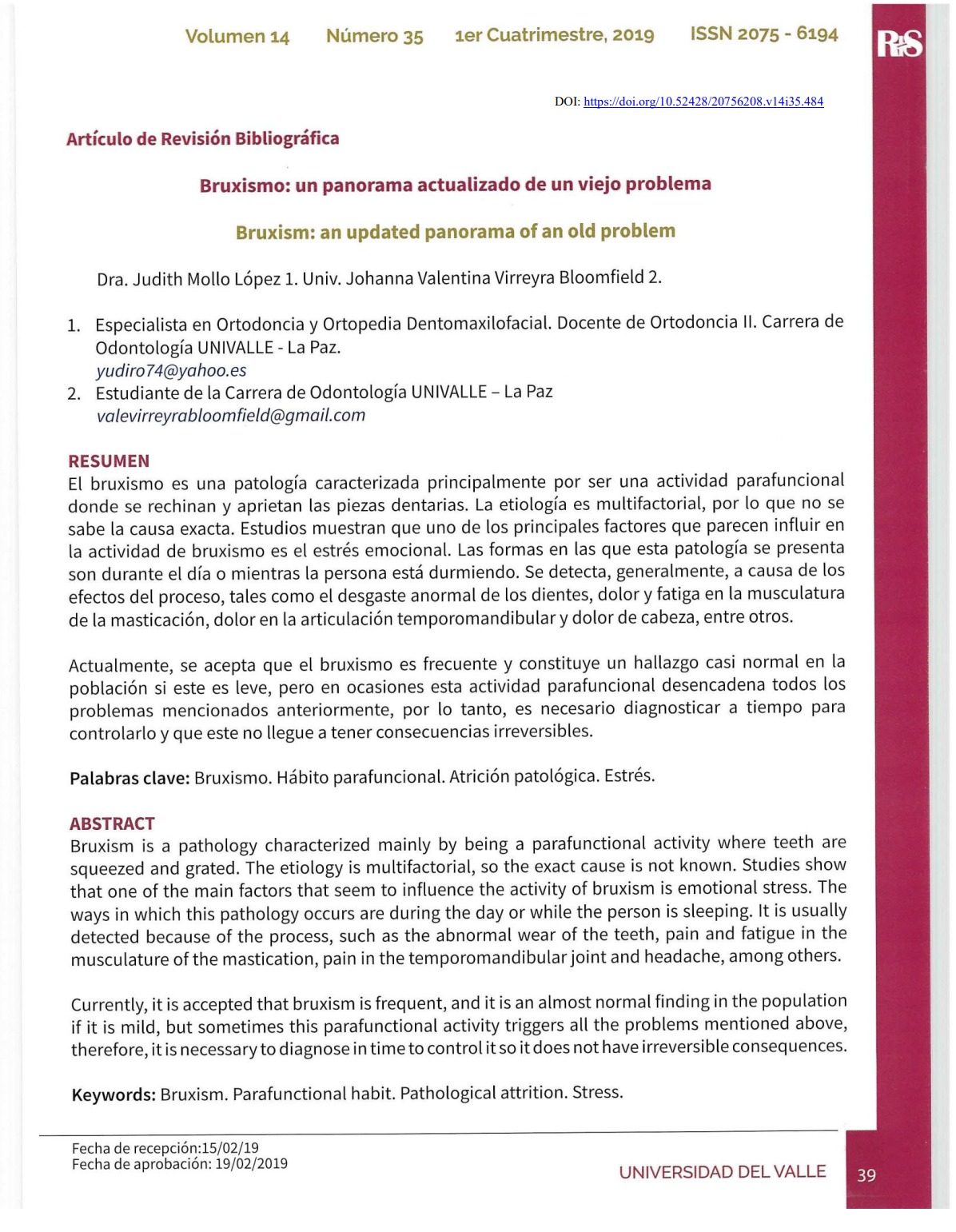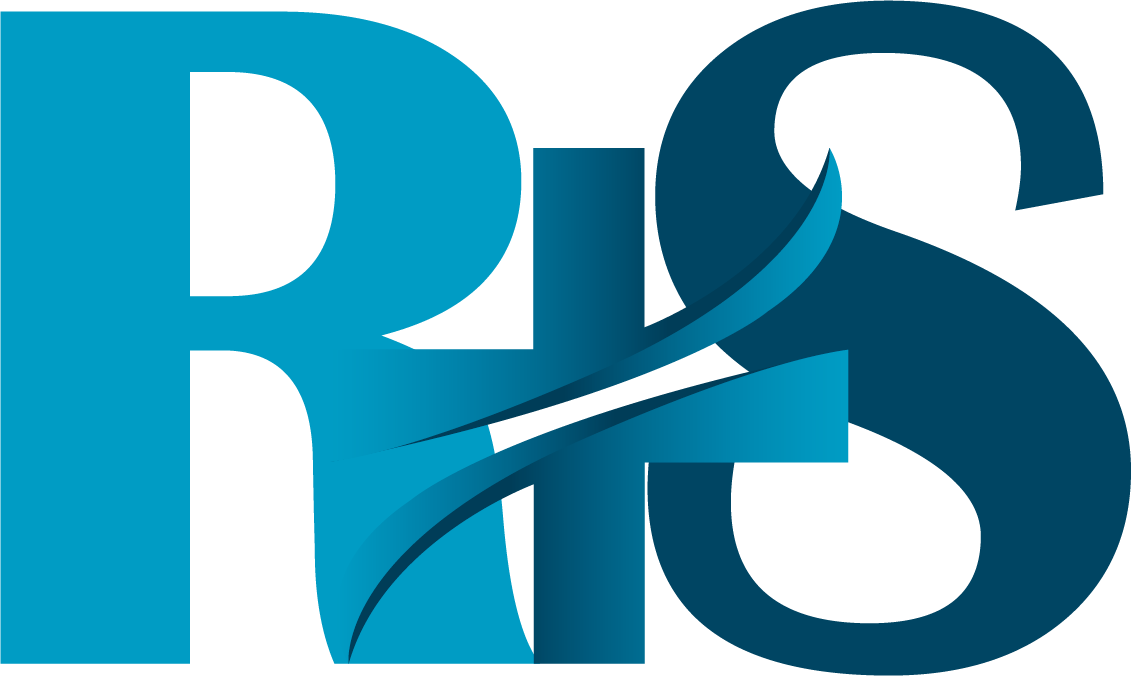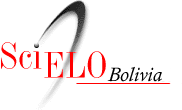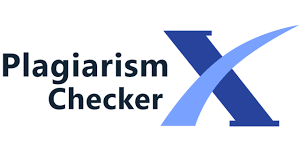Bruxism: an updated panorama of an old problem
DOI:
https://doi.org/10.52428/20756208.v14i35.484Keywords:
Bruxism, Parafunctional habit, Pathological attrition, StressAbstract
Bruxism is a pathology characterized mainly by being a parafunctional activity where teeth are squeezed and grated. The etiology is multifactorial, so the exact cause is not known. Studies show that one of the main factors that seem to influence the activity of bruxism is emotional stress. The ways in which this pathology occurs are during the day or while the person is sleeping. lt is usually detected because of the process, such as the abnormal wear of the teeth, pain and fatigue in the musculature of the mastication, pain in the temporomandibular joint and headache, among others.
Currently, it is accepted that bruxism is frequent, and it is an almost normal finding in the population if it is mild, but sometimes this parafunctional activity triggers all the problems mentioned above, therefore, it is necessa ry to diagnose in time to control it so it does not have irreversible consequences.
Downloads
References
(AGUILERA S, BROWN L, PERICO V. Aesthetic Treatment of Bruxism. J Clin Aesthet Dermatol. 2017;10(5):49-55. https:// www.ncbi.nlm.nih.gov/pmc/articles/PMC5479477/pdf/jcad_10_5_49.pdf
AMERICAN ACADEMY OF SLEEP MEDICINE. International Classification of Sleep Disorders. 3rd ed. Westchester, Darien, Illinois: American Academy of Sleep Medicine; 2014. Sleep related bruxism.
ADRIAN U. YAP, Al PING CHUA. Sleep Bruxism: Current Knowledge and contemporary management. Journal of Conservative Dentristry. 2016. 19 (5): 383-389. https://www.ncbi.nlm.nih.gov/pubmed/27656052 DOI: https://doi.org/10.4103/0972-0707.190007
MURALI RV, RANGARAJAN P, MOUNISSAMY A. Bruxism: Concceptual discussion and review. J Pharm Bioallied Sci. 2015 Apr;7(Suppl 1): S265-70. https://www.ncbi.nlm.nih.gov/pubmed/26015729 DOI: https://doi.org/10.4103/0975-7406.155948
REDDY SV ET AL. Bruxism: A Literature Review. Journal of International Oral Health 2014; 6(6):105-109. https://www. ncbi.nlm.nih.gov/pmc/articles/PMC4295445/pdf/JlOH-6-105.pdf
WIECKIEWICZ M, PARADOWSKA-STOLARZ A, WIECKIEWICZ W. Psychosocial Aspects of Bruxism: The Most Paramount Factor Influencing Teeth Grinding. BioMed Research International Volume 2014, Article ID 469187, 7. http://dx.doi. org/10.1155/2014/469187 DOI: https://doi.org/10.1155/2014/469187
OMMERBORN MA, GIRAKI M, SCHNEIDER C, FUCK 1M, HANDSCHEL J, FRANZ M, HANS-MICHAEL RAAB W, SCHÄFER R. Effects of sleep bruxism on functional and occlusal parameters: a prospective controlled investigation. International Journal of Oral Science (2012) 4, 141-145. https://www.ncbi.nlm.nih.gov/pmc/articles/PMC3464987/pdf/ijos201248a. pdf DOI: https://doi.org/10.1038/ijos.2012.48
SUTIN A, TERRACCIANO A, FERRUCCI L, COSTA P. Teeth Grinding: Is Emotional Stability related to Bruxism? J Res Pers.
June; 44(3): 402-405. https://www.ncbi.nlm.nih.gov/pmc/articles/PMC2934876/pdf/nihms229133.pdf
MAGALHÄES BC, FREITAS JL, BARBOSA AC, GUEIROS MC, GOMES SG, ROSENBLATT A, ET AL. Temporomandibular disorder: otologic implications and its relationship to sleep bruxism. Braz J Otorhinolaryngol. 2018 Sep - Oct;84(5):614619. https://www.sciencedirect.com/science/article/pii/S1808869417301404?via%3Dihub DOI: https://doi.org/10.1016/j.bjorl.2017.07.010
RAPHAEL KG, SANTIAGO V, LOBBEZOO F. Is bruxism a disorder or a behaviour? Rethinking the international consensus on defining and grading of bruxism. J Oral Rehabil. 2016 October; 43(10): 791-798. https://www.ncbi.nlm.nih.gov/ pubmed/27283599 DOI: https://doi.org/10.1111/joor.12413
(
SONA J. LAL; KURT K. WEBER. (2018) Bruxism Management. Stat Pearls [Internet]. https://www.ncbi.nlm.nih.gov/ books/NBK482466/
OKESON J. Tratamiento de oclusi6n y afecciones temporomandibulares. Elsevier. 7ma Edici6n. Espafia .2008.
INFANTE C, INFANTE L, BENAVIDES B. Manual de ortopedia maxilar. Modelo de diagn6stico de maloclusiones para pacientes en crecimiento. Universidad Nacional de Colombia. (2010)
SAPP, J, EVERSOLE L, WYSOCKI G. Patologfa oral y maxilofacial contemporånea. Elsevier. Espafia. (2005)
HERNADEZ B, DIAZ S, HIDALGO S, LAZO R. Bruxismo: Panorama Actual. Rev. Arch Med Camagüey http:// scielo.sld.cu/pdf/amc/v21n1/amc150117.pdf
ARDIZONE GARCIA l, CELEMÉN A, SÅNCHEZ T, ANEIROS F. Ociusi6n fisi016gica frente a oclusi6n patoi6gica. Un enfoque diagn6stico y terapéutico pråctico para el odont610go. Rev Gac Dent. 2010;(220):106-14.
CARVALHO C ET AL. The relationship between bruxism, sleep quality, and headaches in schoolchildren. J. Phys. T her. Sci. 29: 1889-1892, 2017. https://www.ncbi.nlm.nih.gov/pmc/articles/PMC5702807/pdf/jpts-29-1889.pdf DOI: https://doi.org/10.1589/jpts.29.1889
GARIP ET AL. Changes in the temporomandibularjoint disc and temporal and masseter muscles secondary to bruxism in Turkish patients. Saudi Med J 2018; Vol. 39 (1) https://www.ncbi.nlm.nih.gov/pubmed/29332113 DOI: https://doi.org/10.15537/smj.2018.1.20873
CARRA MC. Sleep bruxism: a comprehensive overview for the dental clinician interested in sleep medicine. Dent Clin North Am. 2012 Apr;56(2):387-413 https://www.ncbi.nlm.nih.gov/pubmed/22480810 DOI: https://doi.org/10.1016/j.cden.2012.01.003

Downloads
Published
How to Cite
Issue
Section
License
Copyright (c) 2019 Judith Mollo López y Johanna Valentina Virreyra Bloomfield

This work is licensed under a Creative Commons Attribution 4.0 International License.
Authors who publish with this journal agree to the following terms:
- Authors retain copyright and grant the journal right of first publication with the work simultaneously licensed under a Creative Commons Attribution License 4.0 that allows others to share the work with an acknowledgement of the work's authorship and initial publication in this journal.
- Authors are able to enter into separate, additional contractual arrangements for the non-exclusive distribution of the journal's published version of the work (e.g., post it to an institutional repository or publish it in a book), with an acknowledgement of its initial publication in this journal.
- Authors are permitted and encouraged to post their work online (e.g., in institutional repositories or on their website) prior to and during the submission process, as it can lead to productive exchanges, as well as earlier and greater citation of published work.






















